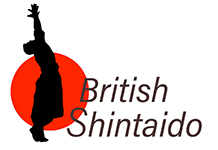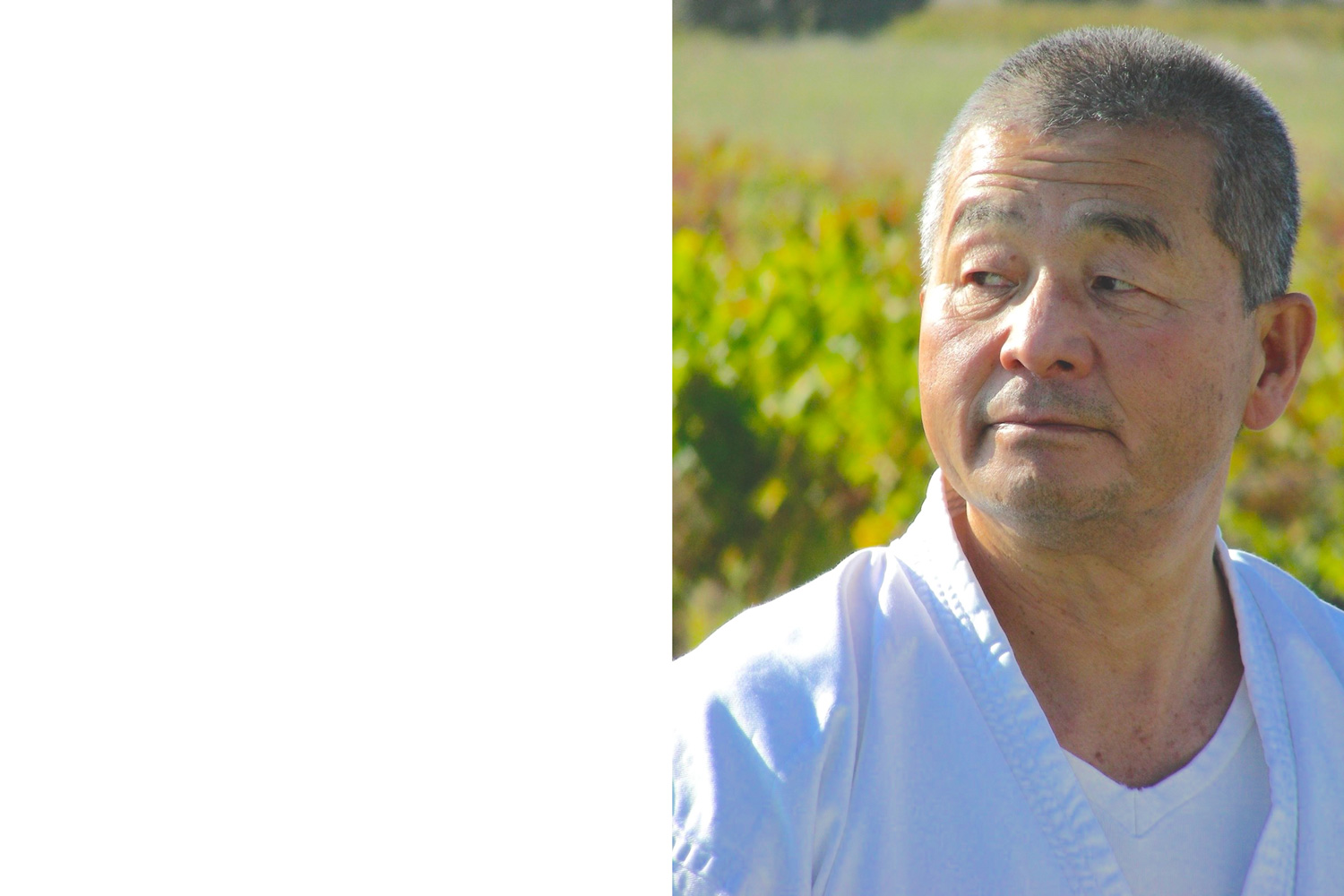
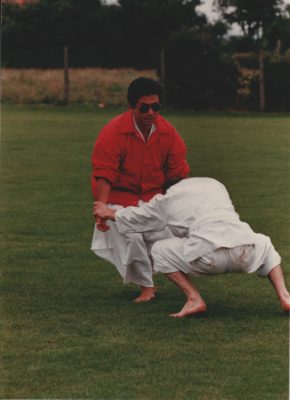
leading Meiso jump
Amid the many beautiful tributes to Ito Sensei, one aspect of his Shintaido career has so far been somewhat passed over.
Although we saw less of him in recent years, he has always had a vital and close connection with Britain. Back in 1970, after Ken Waight returned from a spell with Rakutenkai, eager to begin a Shintaido practice here in Britain, Ito and Aoki Sensei visited him, and to mark the occasion Ken made some membership cards for his embryonic organisation. Ito’s card said he was Britain’s Member #1. For a long time, he remained so in the hearts of many practitioners.
Ken led the first proper keiko in Isleworth, West London, in 1974, then encouraged a group dozen members to go to Japan, before they gradually returned to establish a regular Shintaido practice in Britain. In 1981 Ito led the daienshu on the Gower at Rhossili beach that was attended by about 60 people. The following year the British group ran an International gasshuku in Bristol, the Second Shintaido International, which Ito was a vital part of.
By 1986, however, dissatisfaction with Ken’s leadership led Aoki Sensei to encourage us to remove him from his position as Head Instructor (In fact he left Shintaido and set up a new practice, Kitaido). This was, frankly, a difficult time for the three remaining instructors (Tony Hammick, Stuart Blackburn and Geoffrey Fitch) in the UK.
Step forward Ito Sensei. Although he was living in San Francisco, he still spent five years as Head Instructor of Shintaido in Britain (actually, the organisation was called Shintaido Great Britain – SGB – at the time). He visited us at least four times every year, teaching, examining, encouraging and consolidating our organisation.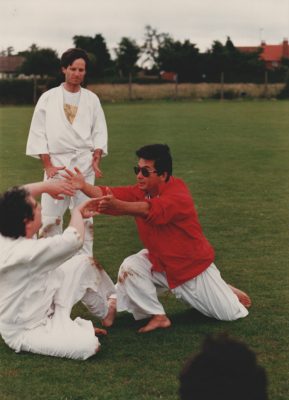
His teaching during this time covered the whole spectrum, from boh and karate through Hikari-to-Tamamureru, to what was then called “soft Shintaido” and even Anma massage. Each gasshuku or workshop was accompanied by a lecture, in which he talked about different aspects of Shintaido philosophy, often accompanied by diagrams vividly drawn on a flipchart, giving what he felt was a much-needed firm spiritual basis to the practice.
In 1990 he spoke frankly about his feelings on this role, which he saw partly as being a form of personal development and learning. He saw it as “anthropologically interesting” to make sense of Shintaido in the British context, feeling that, in his words, our “trust and love for Shintaido must be ten times stronger than the French, the Japanese, the Americans. It was very hard for you to continue loving and practising Shintaido in this country. For many years you didn’t have luck with your leaders, weather, dojo etc. At the moment you don’t have an easy society politically, economically, so many things are getting hectic and eccentric in this country. But your older practitioners knew that this country needed Shintaido, that’s why they kept going.”
Ito felt that he had already helped Shintaido extend beyond what were then its West London heartlands; but recognised that this necessary spreading had caused a lack of group identity and energy. As a result he had worked to rebuild a much stronger organisational framework for SGM, SGB (Shintaido Great Britain) setting up a Board of Directors, an Instructors Council, and encouraging us to do public demonstrations. He also supported us in twice inviting Aoki Sensei to Britain, in 1987 and 1990, and in planning the International held in Brighton in 1992.
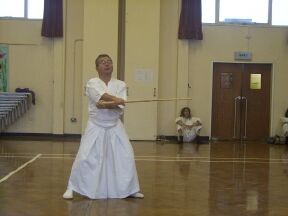 Being Head Instructor from afar wasn’t easy – he felt he would gee us up with a visit, but our energy levels would then gradually drop until he returned a few months later. He taught what he called “far vision and deep kokyu (breath)” – showing us that we needed “a little more guts, courage and trust in your own ability”; seeing that many senior members had family and job responsibilities that took their focus away from Shintaido, he offered a vision of a future, perhaps ten years hence, in which these responsibilities had faded and Shintaido in Britain would have a second chance. And so it has proved.
Being Head Instructor from afar wasn’t easy – he felt he would gee us up with a visit, but our energy levels would then gradually drop until he returned a few months later. He taught what he called “far vision and deep kokyu (breath)” – showing us that we needed “a little more guts, courage and trust in your own ability”; seeing that many senior members had family and job responsibilities that took their focus away from Shintaido, he offered a vision of a future, perhaps ten years hence, in which these responsibilities had faded and Shintaido in Britain would have a second chance. And so it has proved.
In 1988, Tony Hammick passed his exam to become a Senior Instructor, and Ito encouraged him when he was appointed British Head Instructor in 1991, but even after he had passed on the formal role Ito remained a vital supporter, mentor and guide to us all in British Shintaido. Without him, would there have been much of an organisation for Masashi when he arrived in 1993?
